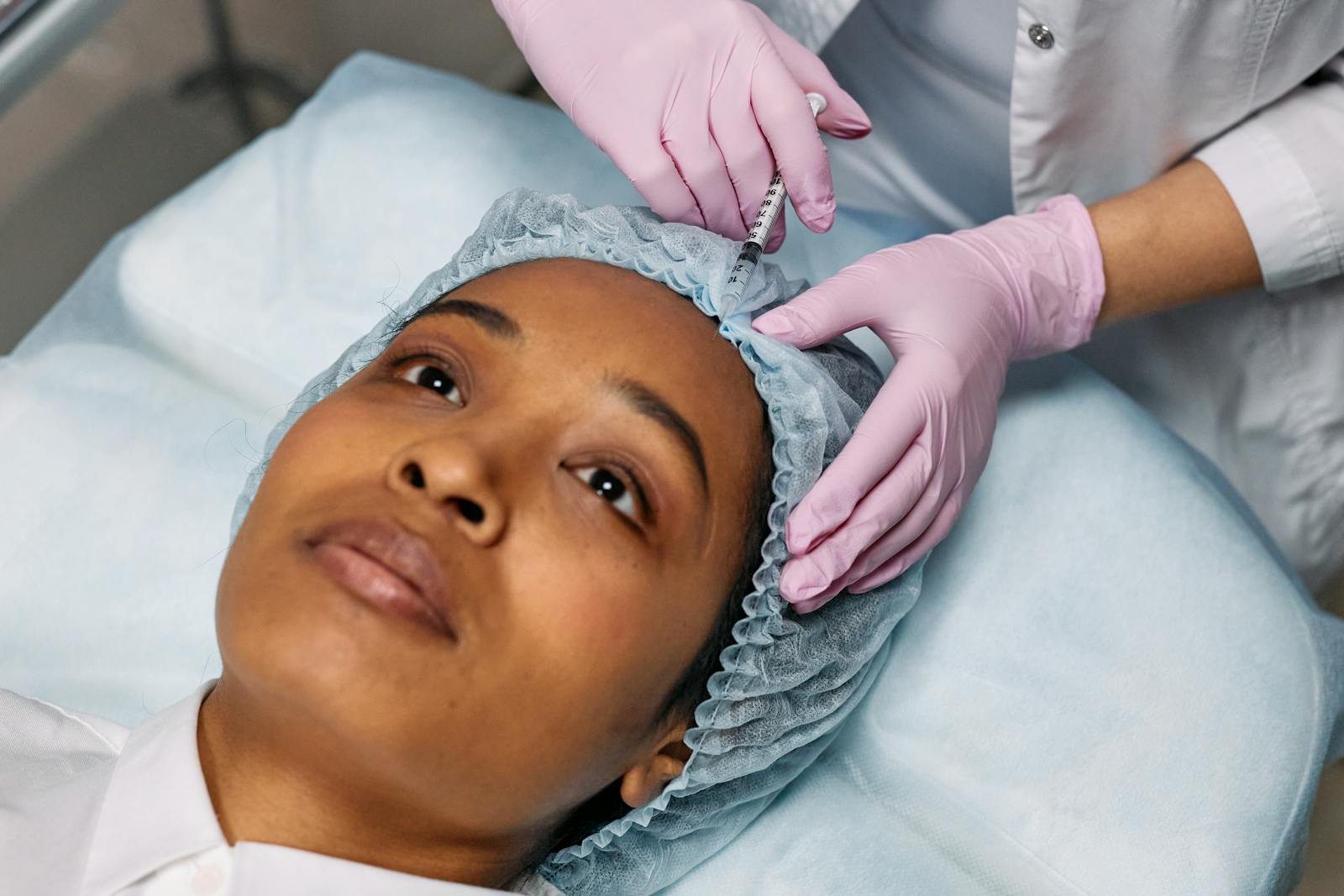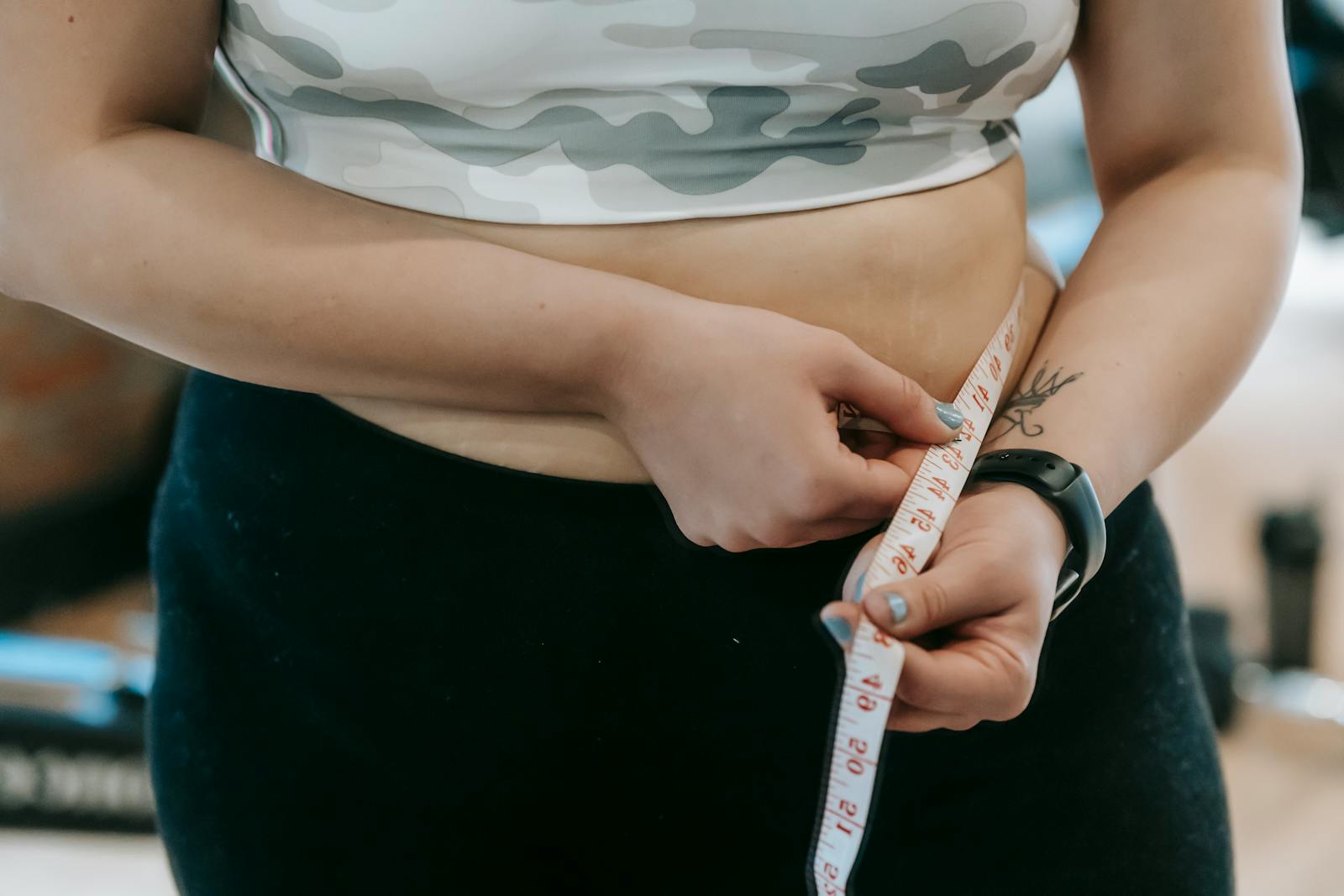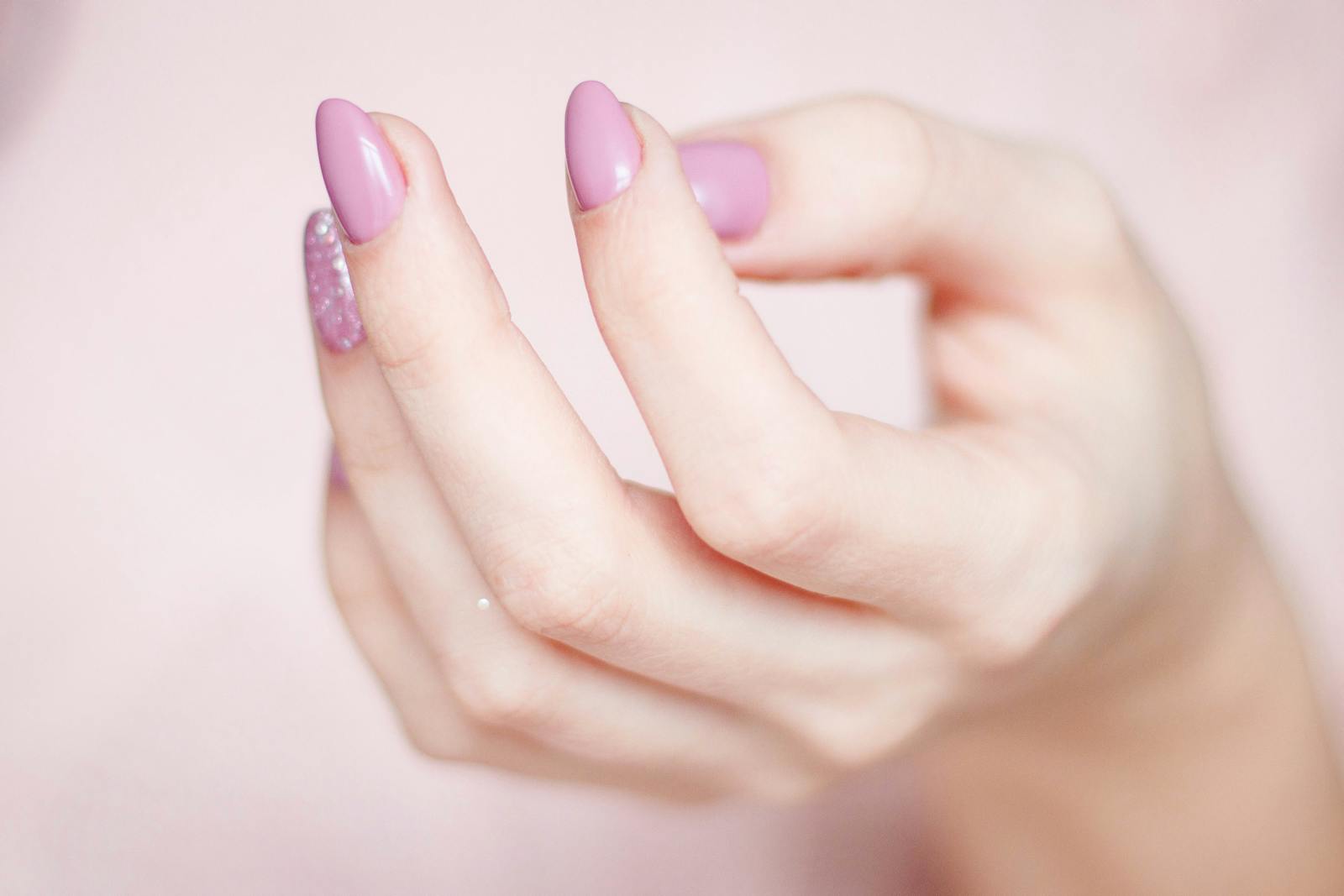Straightening curly, frizzy, or voluminous hair is no longer a one-size-fits-all endeavor. From professional salons in Brazil to trends across the globe, the chemistry behind hair treatments has evolved. But with convenience comes responsibility: choosing the wrong product or misapplying it can seriously damage your strands. Understanding the chemical bases, hair types, and application protocols is essential for anyone seeking sleek, healthy hair.
Understanding Chemical Bases
Hair straighteners are built on five main chemical bases, each with distinct properties. Ammonia derivatives have surged in popularity due to their gentler approach and compatibility with hair color. Ethanolamine, monoethanolamine, calcium hydroxide, and sodium hydroxide each target different hair textures and conditions. Selecting the right base isn’t arbitrary—it should align with your hair’s density, curl pattern, and previous treatments.
Fine or slightly wavy hair, for instance, responds best to ethanolamine-based products. These relax the hair rather than fully straightening it, reducing the risk of breakage. In contrast, afro-textured, thick, or very voluminous hair benefits from hydroxide-based formulas. These are especially prevalent in central and southeastern Brazil, where they are considered the go-to for more resistant textures.
Special Considerations for Blonde or Bleached Hair
Lightened hair introduces another layer of complexity. All chemical straighteners carry risks for bleached or blonde hair. Professionals recommend caution because these strands are more fragile, and even gentle formulas can cause breakage or uneven texture. “In blonde or bleached hair, there is a restriction for all chemical straightening,” notes haircare experts [VERIFY].
Professional Application Is Non-Negotiable
Even the safest formula can backfire if applied incorrectly. Professional handling is critical. A strand test is mandatory before any full-head treatment to assess compatibility. Application techniques matter: thin sections applied 2 cm from the roots, starting at the back of the head, ensure even distribution and reduce scalp irritation.
Timing is another decisive factor. Treatments typically remain on the hair for 15–30 minutes, depending on thickness and curl tightness. Following the chemical process, hair should be washed thoroughly, hydrated, and neutralized. Regular maintenance, including vitamins and keratin treatments every two weeks, preserves elasticity and shine.
Minimizing Damage and Maximizing Results
Hair straightening should enhance, not overpower. Overly aggressive straightening can strip the hair of its natural movement, leaving it lifeless. Experts advise aiming for relaxed, manageable hair rather than perfectly flat strands. Treatments can be repeated every 3–4 months, allowing the hair time to recover between sessions.
Environmental factors and pre-existing products also influence results. Hair coated with silicone, leave-in creams, or heavy styling agents can obstruct chemical absorption. Professionals often recommend a clarifying wash before treatment to remove buildup and ensure the formula penetrates evenly.
Cautions About New Trends
Progressive or so-called “intelligent” straightening methods promise natural-looking results, but many contain high levels of formaldehyde, a known irritant and health hazard. Missteps in application often cause adverse outcomes, rather than the product itself being inherently unsafe. Informed selection, careful handling, and adherence to guidelines remain the pillars of safe hair care.
Choosing a chemical straightening method isn’t just a beauty decision—it’s a calculated approach that balances aesthetics with hair health. With the right product, technique, and professional oversight, it’s possible to transform stubborn curls into smooth, resilient strands without sacrificing the integrity of the hair. Understanding your hair type, respecting its limitations, and committing to proper aftercare can make the difference between damage and lasting shine. At the end of the day, straightening should enhance the hair you have, not compromise it, giving you a polished look that feels as natural as it appears.




